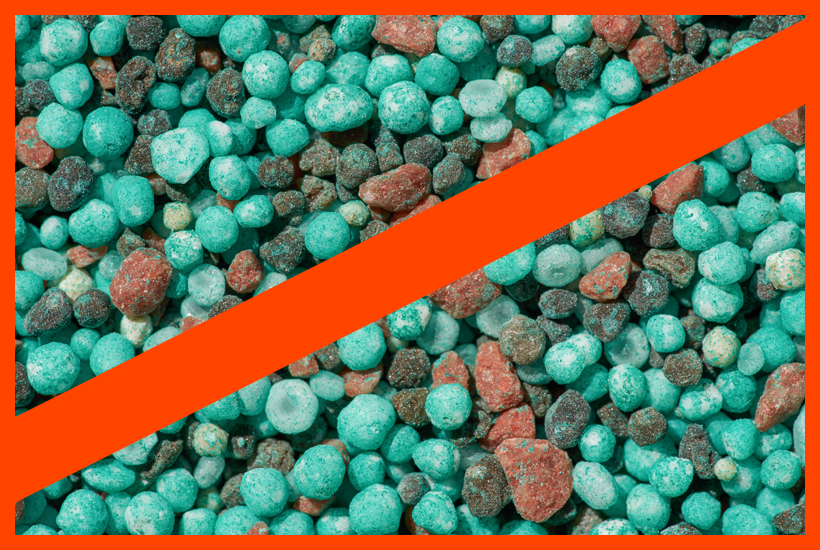They were built to fix something completely different.

CRFs were created to reduce nutrient loss through slow-release coatings. The idea is good—but the implementation comes with high cost and hidden trade-offs:
| CRF Limitation | Real-World Impact |
|---|---|
| Plastic-based coatings | Leave microplastics in the soil |
| Fixed release profiles | Can’t adjust to actual crop conditions |
| Expensive manufacturing | 3×–5× higher cost vs traditional inputs |
| Regulatory pressure | Plastics are under global scrutiny |
*Up to 40–60% of traditional input value is lost before the plant ever uses it.
Durable Inputs™ offer CRF-like benefits—without the baggage.
| Feature | CRFs | Durable Inputs |
|---|---|---|
| Coating | Synthetic polymer | bio-based |
| Plastic use | Yes | No |
| Release timing | Fixed, slow | Tunable, crop-responsive |
| Cost per acre | High | Competitive |
| Environmental residue | Plastic shells remain | Fully biodegradable |
| Field compatibility | Often restrictive | Compatible with current systems |
To make traditional inputs work, you have to:
They’re built to last longer, waste less, and work harder—without more work.
Most CRFs still rely on synthetic polymers, despite mounting global pressure:
Durable Inputs™ use no plastics, no synthetics, no formaldehyde, no residues—saving money now and safeguarding profits in the long run.
Most CRFs still rely on synthetic polymers, despite mounting global pressure:
Durable Inputs™ use no plastics, no synthetics, no formaldehyde, no residues—saving money now and safeguarding profits in the long run.
Durable Inputs™: the different approach of fertilizer coatings